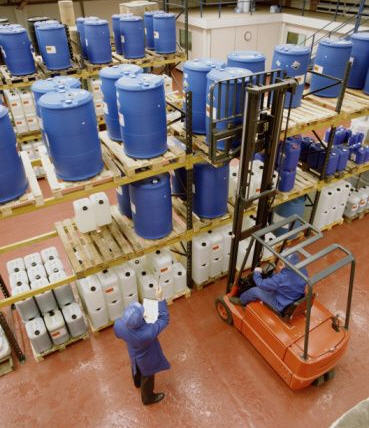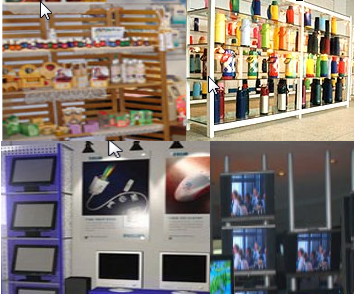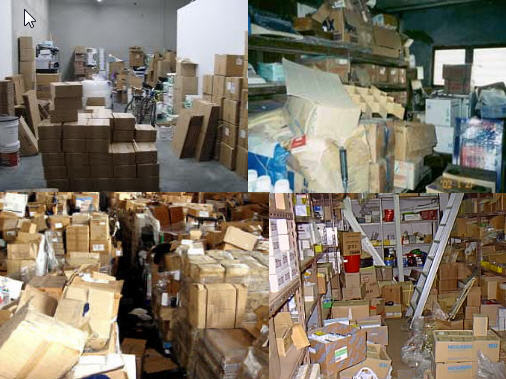In the past, we have been helping many Small Industries to improve their inventory control (in raw materials, WIP and finished goods). And Inventory control in Chemical industry is very interesting and challenging.
Chemical Materials are having:-
- Shelf life limitation — i.e. its expiry date must be monitored closely.
- FIFO control – i.e. to use the old batches first. But the challenge here is, there are so many SKUs (or products), all are very similar in packaging, color, size, the only different is Part No. (or item code), how to ensure the operators/users are picking the right drum according to FIFO?
- Batch Tracking — all received/produced materials are having different manufacturing information such as batch no, lot no, manufacturing date, special remark etc. This info is crucial for user to feedback to their supplier if having quality problems or to track the actual processes if receive of feedback from customers.
- Multi-UOM conversion — e.g. from Drum to Bag, bag to Kg, Kg to Liter, Drum to liter etc. Any combination can be happened.
1st – Relayout the physical storage area
- so that “Each Inventory Item” can be stored neatly and accessible.
- Warehouse control operator can put and pick the right inventory item without being blocked by other items.
- If operators need to move away other items first before reaching the right item, most likely they will pick others without following the FIFO control rule.
2nd – To track EACH inventory item in details via unique serialize no. or batch no.
- During goods receiving (IN), print a barcode label with uniqued serialized no. / batch no. assigned, and paste this barcode label to the received item.
- During good issuing (OUT), remember to scan and record the uniqued serial no./ batch no.
- In this way, all inventory movements are being tracked easily.
3rd – To install an “easy-to-use” Warehouse Inventory Control Software to facilitate the goods movement control.
- We did try many manual systems to achieve the above controls, but all are failed due to tedious recording and tracking, human errors etc.
- Complex system does not work here because most of input data are done by warehouse operators who don’t like complicated stuffs.
- A simple warehouse control system, yet powerful enough that
a) can track item serial no./batch no.,
b) embedded with FIFO/LIFO logics during picking,
c) with location bin control,
d) can inter-convertable multiple unit-of-measurement (UOM) for same item but in different packing,
e) and most important, system can provide suggestion to the warehouse operator
– where to store the item during goods receiving, and
– where to pick the right item during goods issuing/picking.
Finally, the Chronos eStockCard Inventory Control Software achieves all…



